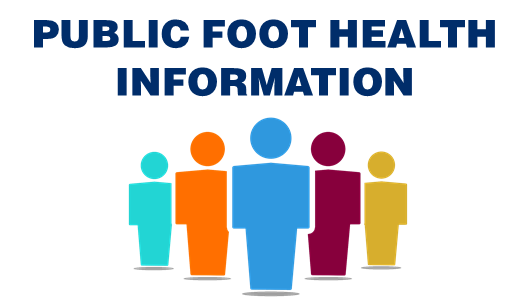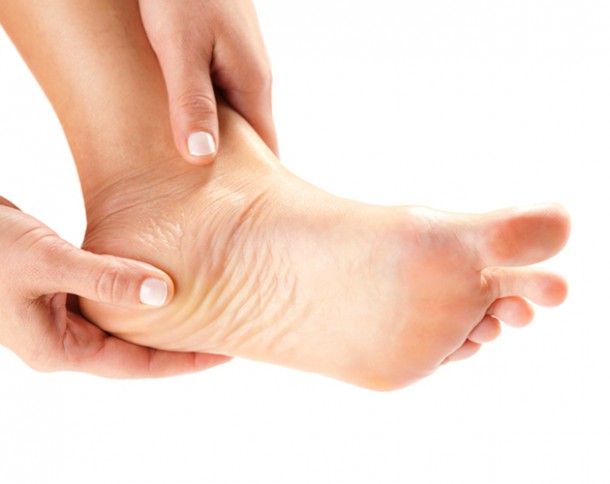|
What is Plantar Fasciitis? Zoomer | April 19th, 2016
What is it? Plantar Fasciitis (pronounced plan-tar fash-ee-eye-tis) is a common cause of heel and foot pain in adults. "Plantar" means the bottom of the foot; "fascia" is a type of connective tissue, and "itis" means "inflammation". The classic symptoms of plantar fasciitis include heel pain that is usually most severe first thing in the morning. This condition is characterized by inflammation at the insertion point of the plantar fascia on the heel bone. Plantar fascia is a layer of tough fibrous tissue that runs along the bottom of your foot and supports your arch. This is one of the longest and strongest ligaments in the body. As the plantar fascia pulls on the heel, your body will respond by laying down more bone in the area. This can be seen on an x-ray and is known as a heel spur. Causes Common contributors to this condition include: progressive flattening of the arches over time (primary reason); lack of flexibility in the calf muscles; changes in activity levels; overuse; and weight gain. When your arch drops, the plantar fascia begins to tear away from its insertion at your heel. When this happens over a long period of time, it can overcome the body's ability to repair itself. Treatment There are two main concepts in the treatment of plantar fasciitis: the decrease of inflammation and addressing the cause of the condition.
Foot Orthotics & Internal Stent Stabilization: The proper custom orthotics or stents are often the best defence in the prevention of plantar fasciitis and the most reliable long-term cure for existing conditions. A restored arch significantly reduces the daily pull on the plantar fascia by relaxing the 'bowstring" function of the fascia. It is the only practical way to address both the symptoms AND the cause of your problem. May is foot health month. Don't ignore your tootsies! .png) |





